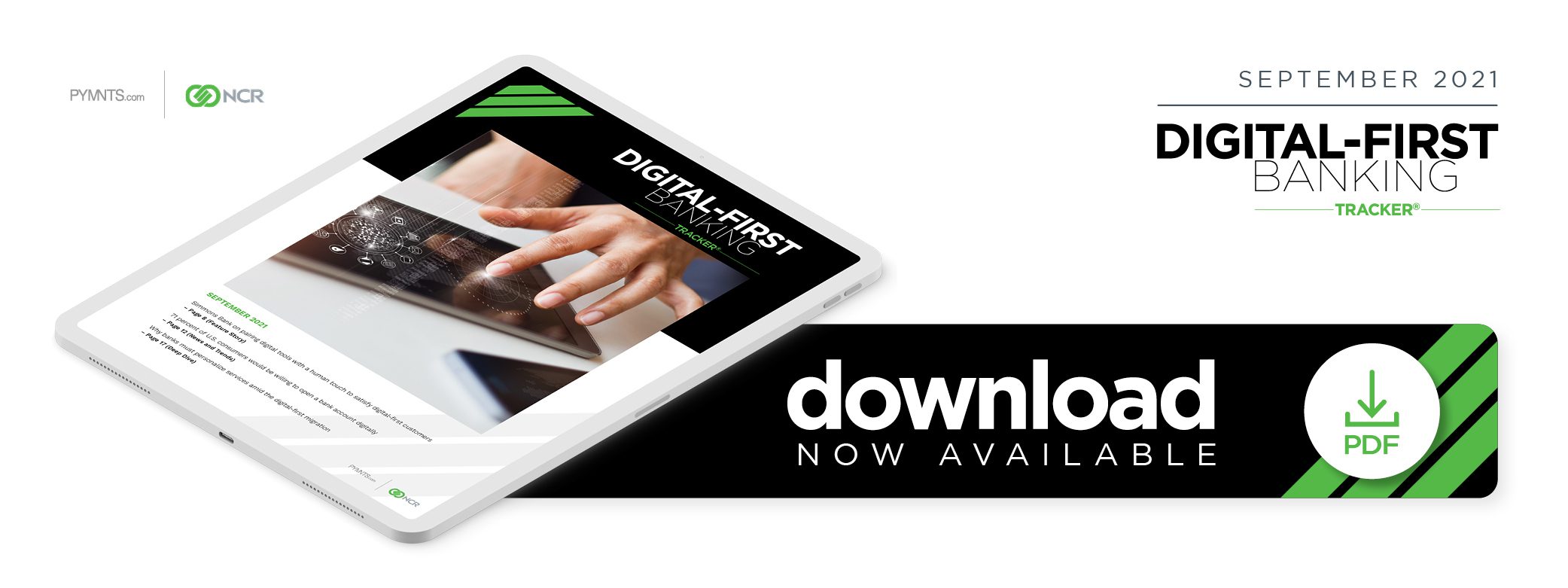Simmons Bank on Pairing Digital Tools With a Human Touch to Satisfy Digital-First Customers

Mobile and online banking options have been available for years, but health and safety concerns over the past 18 months have pushed many technology-hesitant consumers to reevaluate their financial habits. Holdouts who always had insisted on meeting face-to-face with tellers at branches suddenly either found themselves unable to do so or faced with various restrictions.
The pandemic ultimately has proven to be a powerful motivating force, fueling the adoption of digital banking tools like never before, said Sabrina McDonnell, executive vice president and chief customer experience officer at Simmons Bank.
“I can tell [the consumer] all day how easy it is to bank on this device, but until that opportunity meets your motivation, we’re just talking about it,” she said. “When suddenly you need to transact business, you don’t feel comfortable going outside your home or you don’t feel comfortable going in a bank branch, and this device is right here in your safe space, that’s really a great opportunity to try something new.”
Customers of all stripes also are looking at self-service digital banking options as more than just short-term solutions. Many have been won over by the speed and convenience they offer, McDonnell explained, and they have no plans to go back to their old ways, at least not entirely.
“I watched customers of all demographics who had resisted digital for a lifetime say, ‘OK, I can do this now,’ and they did,” she said. “And they seem to be sticking with it. That convenience, once you get used to it, is fairly addictive.”
Consumers have begun to see digital banking as a necessity rather than a novelty or an add-on, and financial institutions (FIs) continue to innovate by rolling out money-saving tools and bill-pay options that better serve the new needs of their customer base. This does not mean customers wish to eliminate brick-and-mortar experiences entirely, however.
Consumers Want Digital and Human Options
Many bank customers still crave the personalized experiences that traditional human interactions offer, even as they embrace digitization. PYMNTS’ research shows that 75% of consumers who adopted digital banking practices during the pandemic plan to keep using them, but this does not mean banks can overlook their in-person services or engagement methods, McDonnell said. Incorporating a human element into the process and meeting consumers’ needs for assistance and services across numerous channels is crucial for keeping the customer relationship healthy. She offered Simmons Banks’ approach to its online account opening process as one example.
“[Our] approach is to cut through everything that bankers have always believed and think like a customer,” McDonnell said. “…As a retail consumer, if it’s not easy, I’m not doing it. There are too many other choices. Then when you combine that with a really sensitive approach to telephone banking and to our customer service center being there to think about how a customer wants to interact, if I can’t do it myself and I need personal assistance, I want a person on the other end of the phone who is empathetic, [who is] intuitive and is ready to assist me. And that combination really is what the customer relationship is all about.”
These kinds of interactions emphasize that digital-first is not synonymous with digital-only. Many consumers feel secure knowing that when automated tools cannot solve problems, human assistance is available, and banks must strive to balance these needs to avoid hampering customer satisfaction.
The Future of Digital Banking
Banking technology will continue to evolve, and customers undoubtedly will expect additional innovations and personalized offerings as they grow more comfortable with online services. Even amid this ongoing shift, it is unlikely digital banking will eliminate consumers’ desire for in-person interactions.
“I think that as digital continues to provide convenience, we as humans will continue to want that,” McDonnell said. “It doesn’t mean that we won’t want to interact with another human being, [and] maybe that’s through video technology like we’re doing right now. There will continue to be technology that will make the customer interaction more convenient for them.”
One of the most compelling tools McDonnell said she believes could shape the financial services space in the years ahead is predictive technology. She said she thinks these tools could help bank employees monitor digital-first customers’ transactions and step in for assistance if prompted or if anything seems amiss.
“I hope that there will continue to be technology that looks at my financial patterns and helps me manage my finances even better,” she said. “‘You don’t usually pay this bill at this level, are you sure you want to today?’ Or, ‘You usually have this sort of cash flow in your month, can we help you smooth that out?’ Those kinds of predictive things, I think, are probably the way of the future.”
The banking space is ceaselessly marching toward increased digitization, yet in-person interactions and self-service solutions that allow customers to receive assistance from employees will continue to occupy a critical role for many for the foreseeable future. FIs would be wise to continue developing ways to reach and serve customers who bank digitally, in person or across various other channels.

